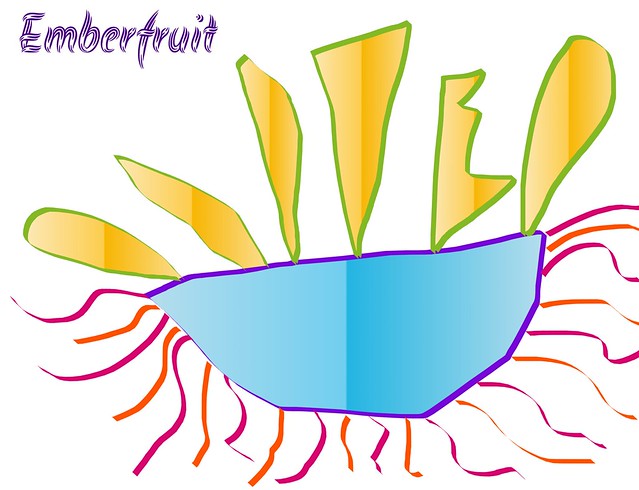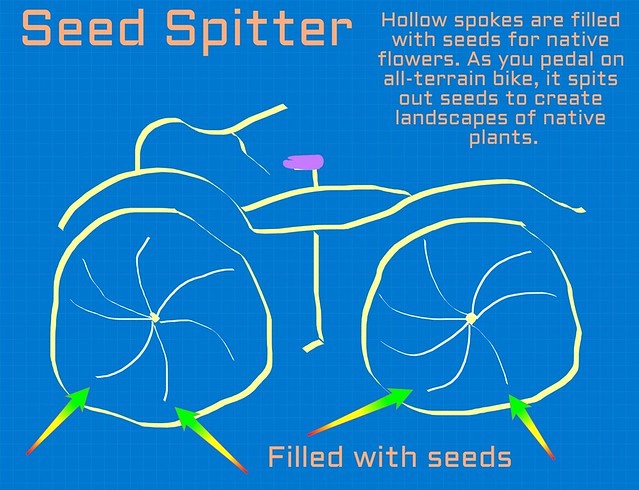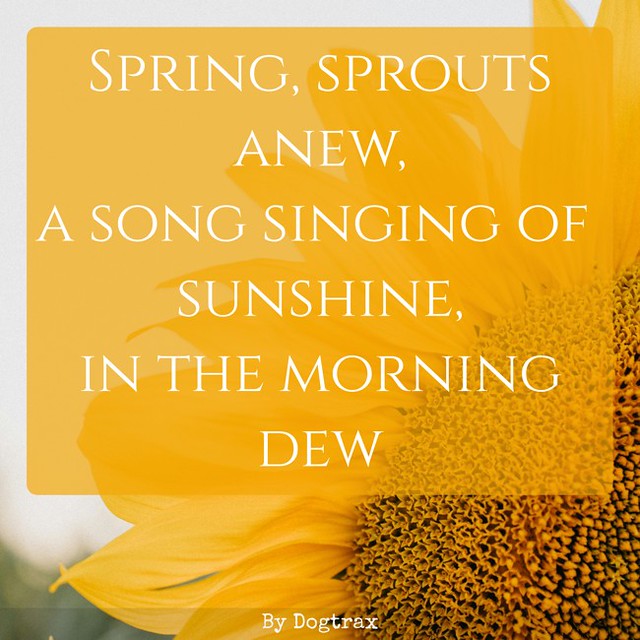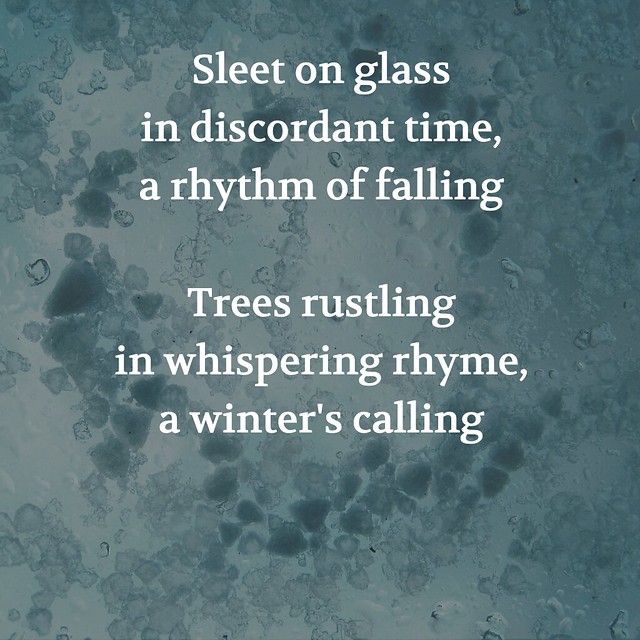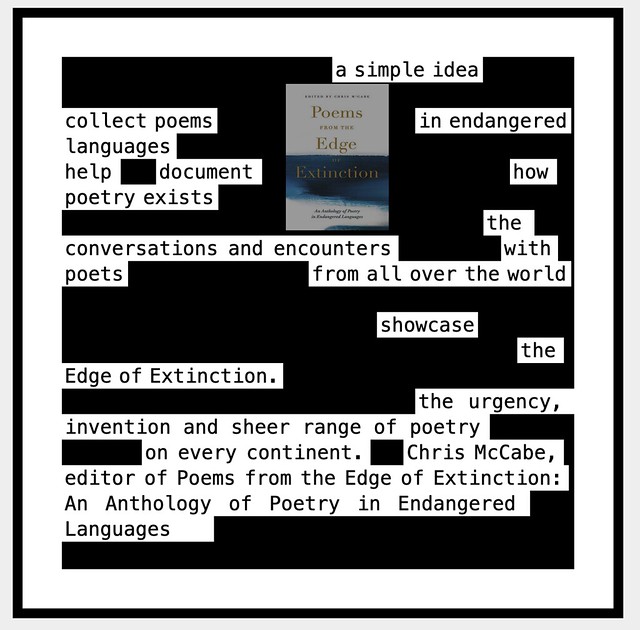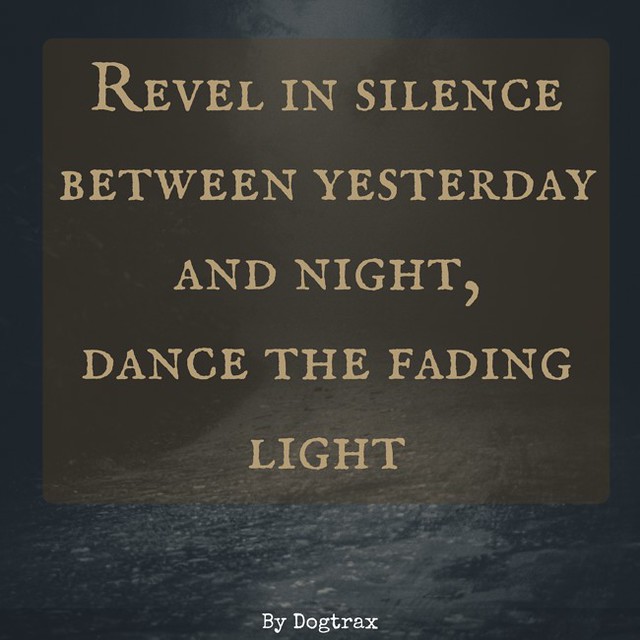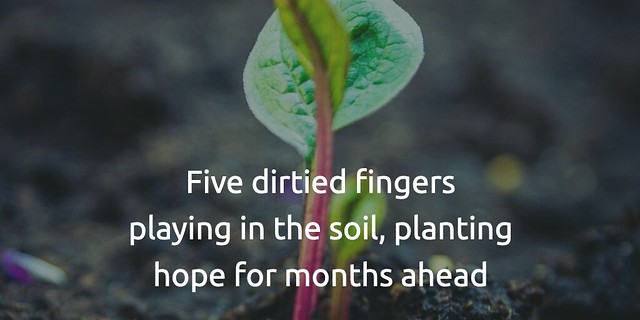
Since last year, I have been playing around and experimenting with the emergence of AI tools that create music (see earlier posts). Some of it has been interesting. Most have been pretty bland. As someone who makes music, but who keeps an open mind about technology, I’ve been trying to keep tabs on things (as best as one can do).
Suno, a new site to me but I guess it has been around for a few months, is quite different in the way that it integrates music, voice and lyrics in its AI production, and it quite a leap forward from the other sites I have tinkered with.
It works like a sort of a Chatbot — you write in a theme or topic and suggest a music style and it works to craft a short blurb of a song, with music and with vocals singing words generated by some sort of ChatGPT text. The quality here is much higher than other sites I have played with.
And the results, while still formulaic and a bit generic in sound, are interesting and show how songwriting and music production are the next wave of these AI tools. They may never supplant musicians and songwriters (he writes, hopeful) but they do demonstrate how making song tracks could become rather automated in the time ahead of us, either for commercial products or some other means.
Listen to a song I had Suno generate about our dog, Rayna, and her days snoozing on the couch.
Then listen to a song I had it create about Duke Rushmore, a fictional musician whose name is the name of my read rock and roll band.
Weird, right?
Peace (and song),
Kevin


